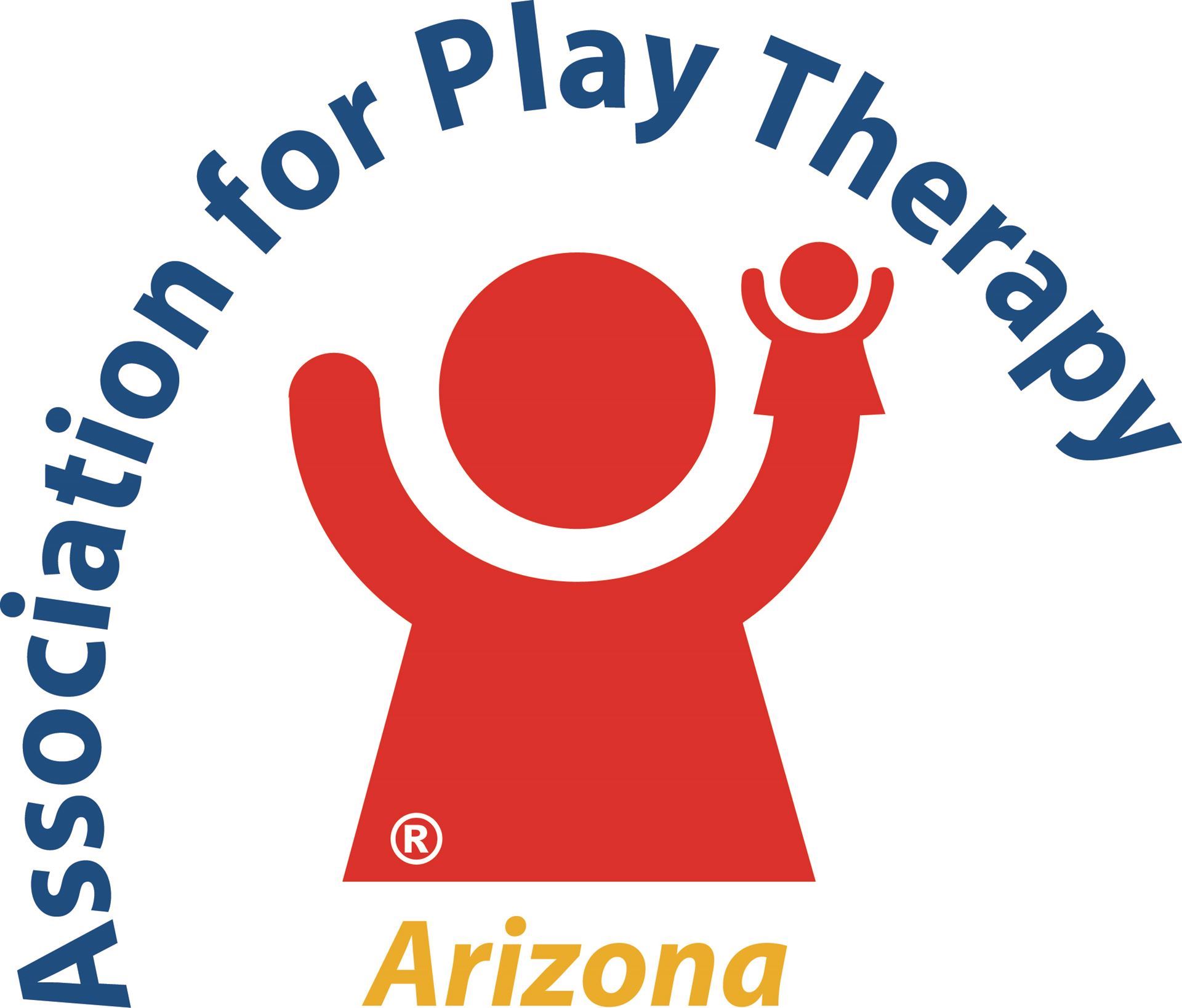There is an Artist in All of Us
Dixie Ciccarelli, MAPC. LAC, ATR

 According to the American Art Therapy Association, art therapy is based on the belief that the creative process involved in making art is on a basic level healing and life-enhancing.
According to the American Art Therapy Association, art therapy is based on the belief that the creative process involved in making art is on a basic level healing and life-enhancing.
Art therapy uses the creative region of ones brain to process and provide increased insight, help confirm judgments, increase ones ability to cope better with stress, work through traumatic events and experiences, improve and increase ones cognitive abilities, allow for better relationships and communication with family and friends, and to give one time just to enjoy life and the pleasure of the creative experience.
The purpose of art therapy is to help improve or maintain ones mental and physical health and ones emotional comfort. During the process of doing art, one can experience relaxation, mindfulness and peace. One can experience a memory, create a visual of it and be empowered to examine it and let it go. Secrets that have been buried deep inside, can be brought to the surface, examined, shared and acknowledged so that it cannot hurt the individual anymore. Once a secret is out, it has no power over us. Art can allow one to experience freedom by permitting the artist to try new materials that may open a new vista of opportunities. Art therapy or therapeutic art will allow a greater range of communication between client and therapist thereby increasing the benefits of therapy.
Art therapy can be used for any age group or mental health need. It has been effective with bi-polar disorder to schizoaffective disorder. It has helped children with ADHD and ADD focus more thoroughly and for longer periods of time. It has helped with clinical depression allowing the individual a physical release of the pain that cannot seem to go away. It allows for memories that caused a splintering of a mind to heal and find wholeness. And for those who grieve, art is a way to bring memories to life and to recall those who have been lost. Art can also bring healing to those who are experiencing a loss in cognitive abilities, by allowing their creative region of the brain to take over and take them back to the memories of their childhood. Art was the first language of communication, and therefore it is in all of us.
Art therapy allows the individual to connect with the symbolic language of the unconscious. The image is easier to talk about than the individual him/herself. Art therapy is process oriented; it is a visual journey involving multi-sensory skills. It allows the individual to learn coordination and fine motor skills, it teaches individuals to use objects purposefully and to follow directions and build communication. It also allows individuals to work at their own speed and at their own level ultimately building self-esteem.
The art that is created is personal and has deep, emotional meaning for those who create it. This is not art that would be placed in an international art gallery or sold for display. The art that results from doing art therapy is the soul's way of communicating to those around it. Therefore its purpose is to be a path to healing. With this in mind, everyone has the ability to find healing in art.
Art is a visual modality, not a specific medium. Art therapy can use paints, drawing materials, clay, collage materials, found objects from a nature walk or walk around the city dump. Art can be one dimensional, two dimensional or three dimensional or a combination. There is no right or wrong way of doing art as a therapeutic tool; it is just what is expressed by the individual artist. The use of art therapy is very helpful for overly intellectualized adults who have difficulty finding their playful, creative part.
Art is the visual communication of what is internal and allows it to be heard. The process is the most important part of the therapeutic art journey, as it allows for self-discovery, for growth and for healing. The product is the result of this journey. Everyone can and should do art.



